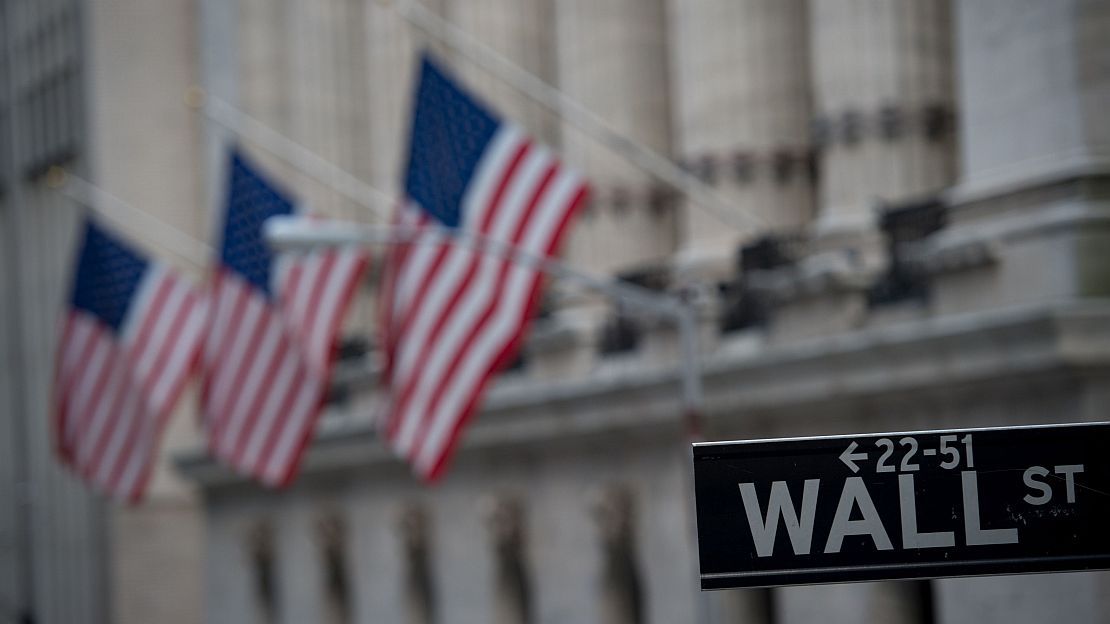Something that I repeat ad nauseam in my workshops is that marketing geniuses don’t work at Coca Cola, they work in the financial industry. They fill the unsuspecting investor with stories in order to make the most of them.
The “buy and hold” is one of these stories. Financial advisors and investment funds tell it to their clients with the aim that they deliver their money in the long term and they can collect fees of administration every year.
But as a strategy it doesn’t work. On the contrary, it can be lousy.
The secret is this: much more important than defining what to buy is when to buy. And we could even argue that it is even more important to know when do not to buy.
Buying on a market roof can destroy capital in unimaginable ways, and recovering can take decades. Even the great geniuses of the Value Investing, like Warren Buffett or Peter Lynch, they have stated this countless times.
However, financial advisors are always going to recommend their clients to buy and hold because … “Even if prices fall, in the long run they will end up rising again.”
To substantiate their point they argue with fanciful hypotheses of the style “If you had bought Microsoft in 1986 and had kept it until today, you would have multiplied your capital by 2500”.
I want you to see below some examples of stocks of super successful companies and how they would have fared if they bought at the wrong time.
Microsoft
Few companies have been as successful in history as Microsoft. The rise in his shares over the years was staggering. But what if we bought at the wrong time?
If we bought Microsoft on the roof of 1999 we would have found ourselves 10 years later (yes, you read that right) 75% down. And it would have taken 17 years to recover the capital in nominal terms (without taking inflation into account!). And be careful: this is a “successful” case.

 – –
– –
 – –
– –

